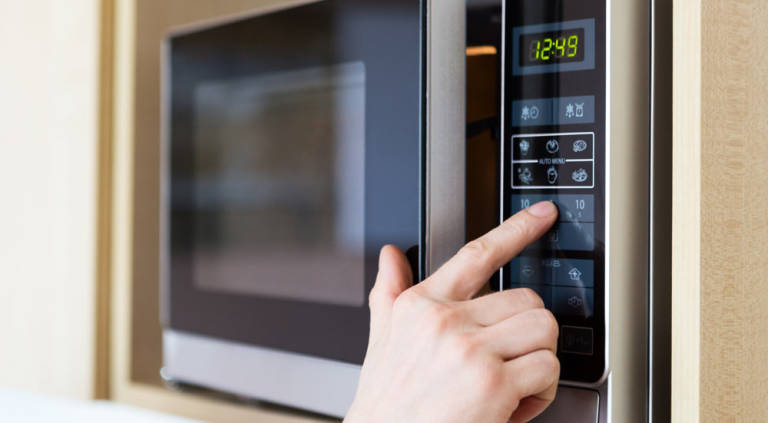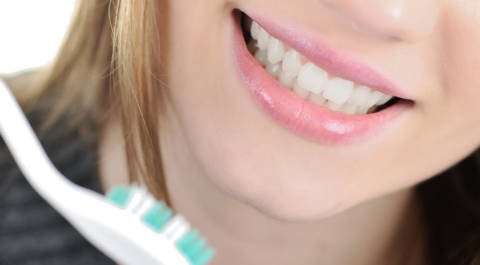
Chances are you've had a microwave in your home. They’re a standard appliance when renting an apartment, and since they are very affordable and convenient, homeowner’s usually don’t think twice about buying one. But perhaps you should give them another thought – just because they’re a common kitchen device that can heat up an organic meal in 3 minutes doesn’t make them a healthy choice. While they may save you some time immediately, the long-term effects could very well cut your time short.
Like Organic Soul on Facebook
Commercial microwaves were developed in the 1950s. They started gaining popularity in homes during the 1970s, and it is now estimated that 90 percent of modern households have one. And no wonder – who doesn’t want to eat a hot, flavorful meal in 5 minutes or less? The technology seems pretty harmless – electromagnetic energy heats up water molecules present in food, and presto! We’re led to be believe they’re safe to use, but it’s questionable. The microwave process is considered radiation, and some studies have found that exposure to this can have a carcinogenic effect.
You’re not alone if you question your well-being when microwaves are involved. Studies have found them to cause human breast milk to lose its immune-fighting capability, a decrease in hemoglobin and increase in cholesterol within blood, cataracts, tissue damage, and neurological and development impairment. One experiment even showed that plants watered with microwaved water died, while those fed with fresh water flourished.
The problem comes from the leakage and exposure to unsafe levels of electromagnetic radiation, which may pose certain risks to living tissue. Although all microwaves are federally regulated to have interlocking systems to prevent leakage, over the life of a microwave, some may occur regardless. In fact, the FDA estimates that over its lifetime, a single oven can leak 5 milliwatts (mW) of microwave radiation per square centimeter, an amount claimed to have no harm on people. However, if you’re worried, one of the best defenses is to step away from your microwave while it operates, or get rid of it altogether.
One of the worst results of microwaving is when containers leach chemicals, specifically the toxic Bisphenol-A, a controversial compound that may affect the prostate, brain, and stages of development. Despite packaging claims and company reassurance, even “microwave safe” plastics have been found to contain unhealthy amounts of Bisphenol-A. Unfortunately, the label “microwave safe” is not one that is federally regulated, so it is up to the manufactures discretion, which, at times, may not be in consumers’ best interests. Though there isn’t a lot of research being done, it may be better to consider microwaves guilty until proven innocent.
By now, you may have already unplugged your microwave from the wall and started looking up places that will recycle it. But if you’ve been using the familiar heating device for years a
nd years, you probably don’t know what to do without it. Have no fear – you’ll figure it out fast once it’s gone from your kitchen. Though it may seem like a burden to heat food up on the stove and in the oven, you’ll adapt your schedule to allow a few more minutes of cooking time. And you’ll quickly experience the health benefits – microwavable food is often loaded with sodium, oils, and other preservatives, so making it from scratch or buying it freshly prepared will taste and feel much better (not to mention save you money).
If you’re not ready to give up the convenience of frozen foods (especially of the organic variety), you’ll find that most of them have directions on how to cook them in the oven too. Don’t think of this as losing time – you could be adding years back onto your life by making this simple yet significant change.















